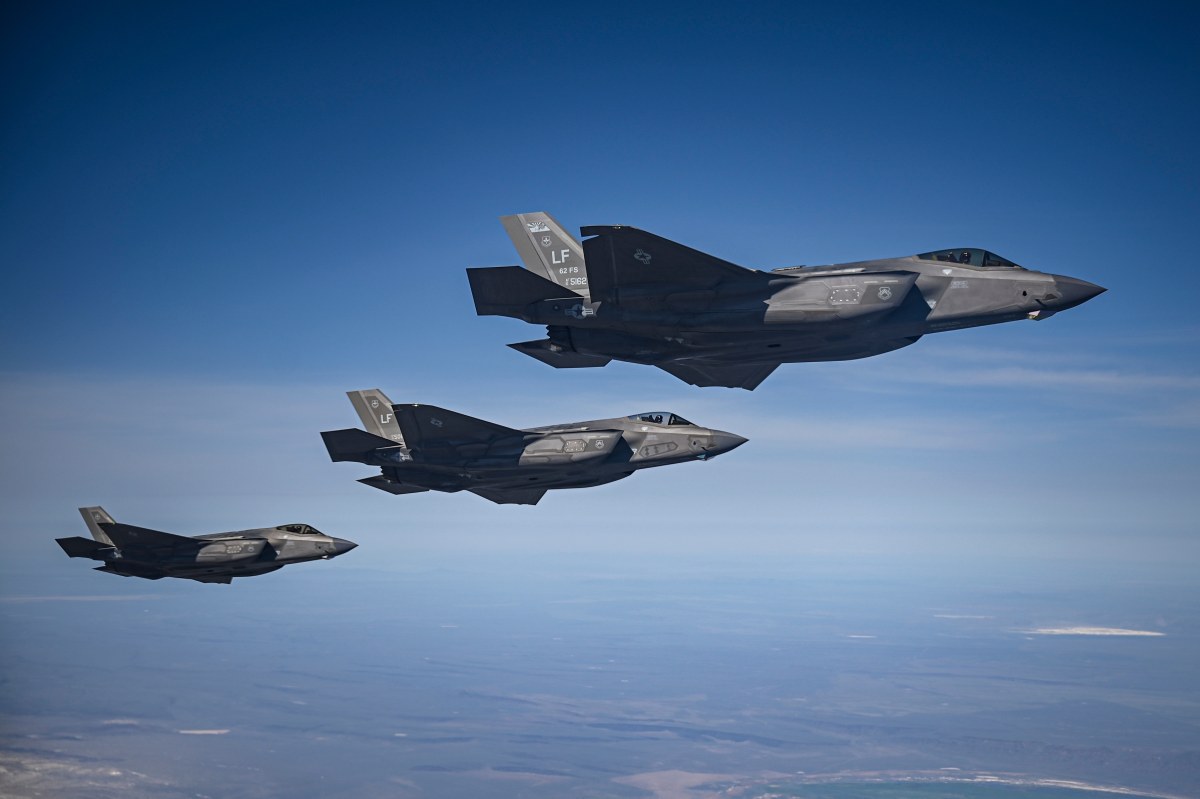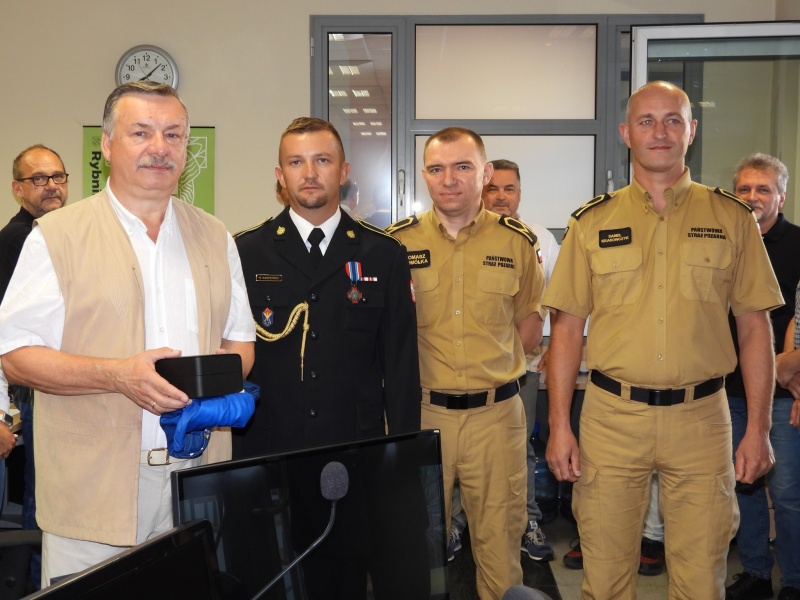
CHICAGO- A mid-air collision alarm on United Airlines (UA) Flight UA2428 from Newark (EWR) to San Francisco (SFO) injured passengers and crew when pilots sharply pitched the plane up to avoid another aircraft.
The incident, occurring on September 19, 2024, near San Francisco International Airport (SFO), left one passenger with a broken back and another with a fractured ankle.
The emergency maneuver by United Airlines (UA) pilots, prompted by the Traffic Alert and Collision Avoidance System (TCAS), also caused minor injuries to two flight attendants.
The National Transportation Safety Board (NTSB) recently released its final report, detailing the event on the Boeing 757 during its descent into San Francisco (SFO).
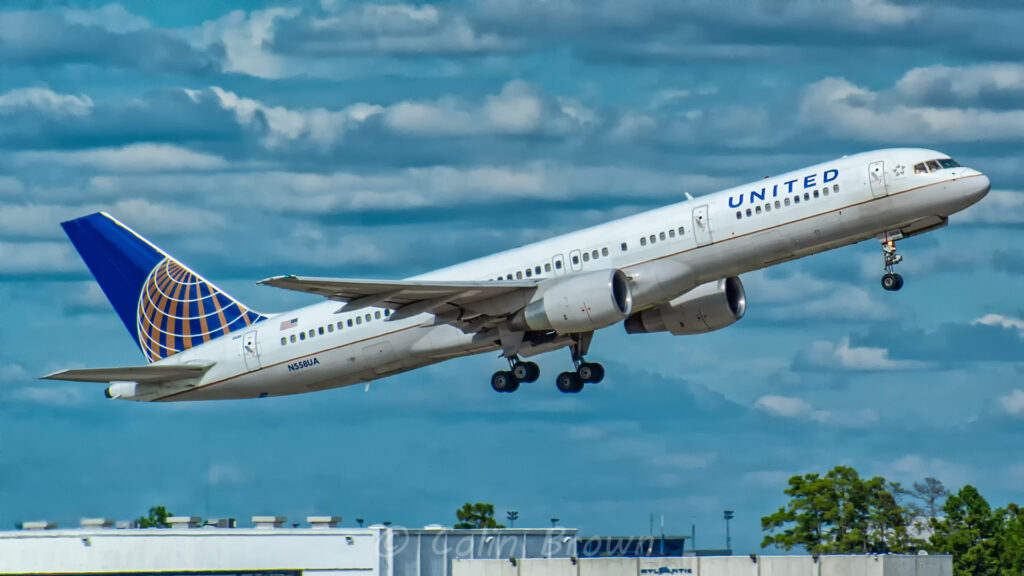 Photo: By Colin Brown Photography from St Louis, MO, USA – N558UA – Boeing 757-222 – United Airlines, CC BY 2.0, https://commons.wikimedia.org/w/index.php?curid=84957386
Photo: By Colin Brown Photography from St Louis, MO, USA – N558UA – Boeing 757-222 – United Airlines, CC BY 2.0, https://commons.wikimedia.org/w/index.php?curid=84957386United Mid-Air Collision Alarm
On September 19, 2024, United Airlines Flight UA2428, a Boeing 757, was nearing the end of a routine 5.5-hour flight from Newark Liberty International Airport (EWR) to San Francisco International Airport (SFO).
The onboard TCAS triggered a critical alert as the aircraft descended toward Flight Level 310 under Air Traffic Control clearance. The system detected another aircraft 1,500 feet below, prompting an immediate resolution advisory.
The First Officer disengaged the autopilot and executed a steep climb, following TCAS instructions to avoid a potential collision.
While effective in averting disaster, the sudden maneuver caught some passengers and crew off guard. Two passengers in the rear lavatories bore the brunt of the force.
One was thrown against the ceiling, fracturing their second lumbar vertebra, while the other, exiting the lavatory, hit the ceiling and fractured an ankle upon landing.
In the forward galley, two flight attendants preparing for arrival were knocked down, sustaining minor injuries.
The NTSB report attributes the injuries to the “abrupt pitch control input” by the flight crew responding to the TCAS advisory.
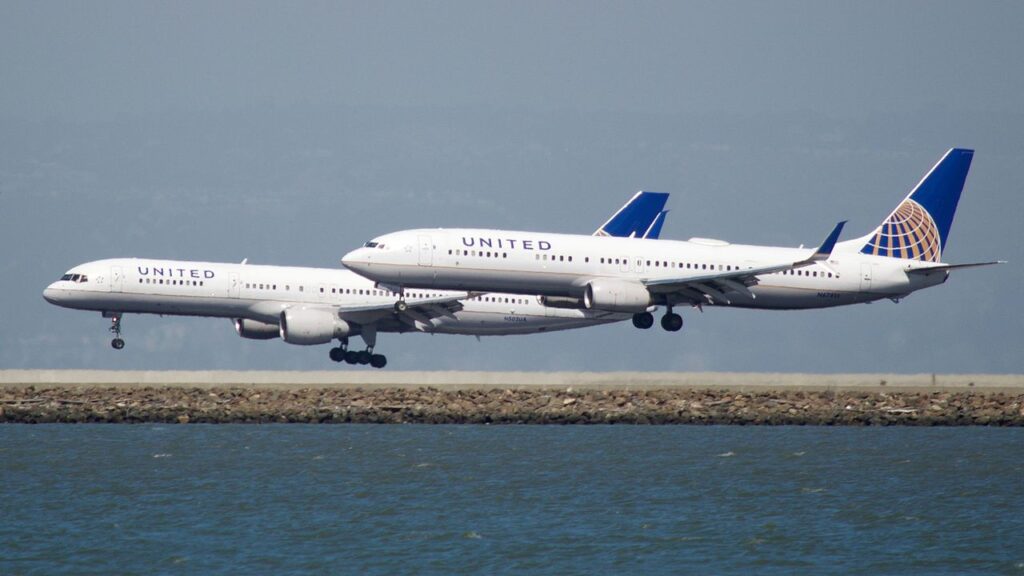 Photo: By Bill Abbott – p_p_United_Pair_1_ADSC_0003, CC BY-SA 2.0, https://commons.wikimedia.org/w/index.php?curid=51910246
Photo: By Bill Abbott – p_p_United_Pair_1_ADSC_0003, CC BY-SA 2.0, https://commons.wikimedia.org/w/index.php?curid=51910246TCAS and Mid-Air Collision Prevention
The Traffic Alert and Collision Avoidance System (TCAS) is a vital safety tool mandated for all US commercial aircraft with over 30 seats.
Operating independently of ground systems, TCAS II—the version on Flight UA2428—provides two levels of alerts: traffic advisories, which warn of nearby aircraft, and resolution advisories, which issue specific climb or descent instructions.
In this case, the system escalated from a traffic alert to a resolution advisory within seconds, directing the pilots to pitch the aircraft upward.
TCAS, also known internationally as the Airborne Collision Avoidance System (ACAS), is a critical onboard safety system that operates independently of ground-based air traffic control. It provides two types of alerts:
- Traffic Advisory (TA): Alerts pilots of nearby aircraft.
- Resolution Advisory (RA): Provides specific climb or descent instructions to avoid potential collisions.
During the United Airlines flight, the TCAS initially issued a standard traffic advisory before escalating to a resolution advisory. The First Officer disengaged the autopilot and executed a sharp climb to comply with the TCAS directive, ensuring separation from the other aircraft.
For instance, it recently aided a Delta Air Lines (DL) Airbus A319 in avoiding a US Air Force jet during takeoff from Reagan National Airport (DCA).
However, the system is not infallible—earlier in September 2024, faulty anti-drone tests by the US Secret Service and Navy triggered false TCAS alerts at Reagan National Airport (DCA), though no actual collision risks existed.
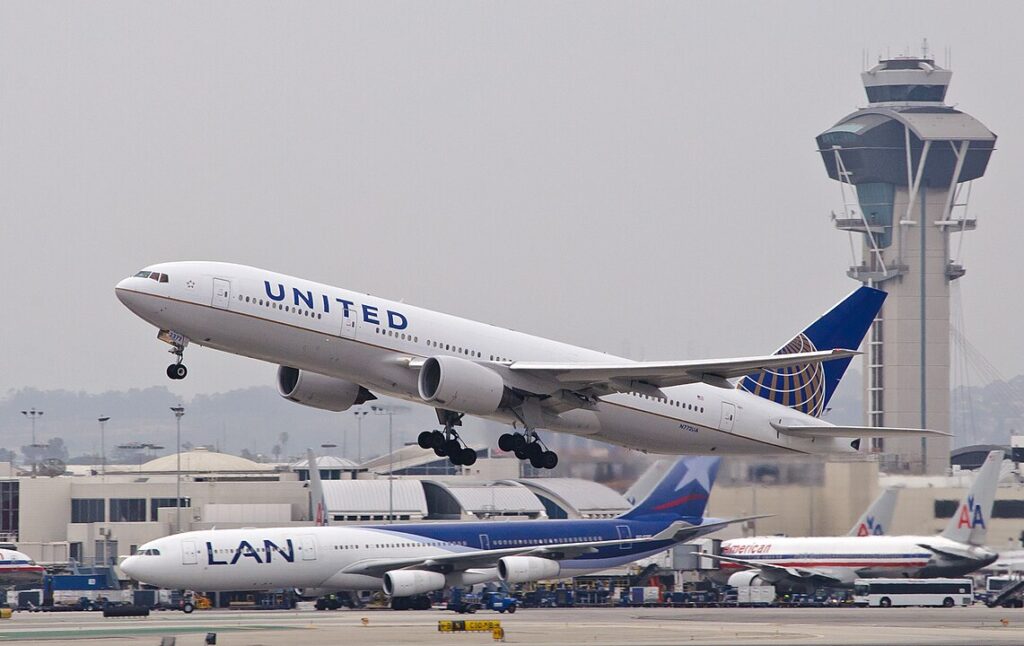 Photo: Flight Radar 24
Photo: Flight Radar 24Impact on Passengers and Crew
Despite the seatbelt sign being on during the descent, the abrupt maneuver injured those not seated. The passenger with the broken back required medical attention for a fractured lumbar vertebra and a serious spinal injury.
The second passenger’s ankle fracture occurred as they fell after striking the lavatory ceiling. Both incidents highlight the challenges of ensuring safety during unexpected maneuvers, even when most passengers were secured.
The flight attendants, though less severely hurt, underscore the physical demands on the crew during such events.
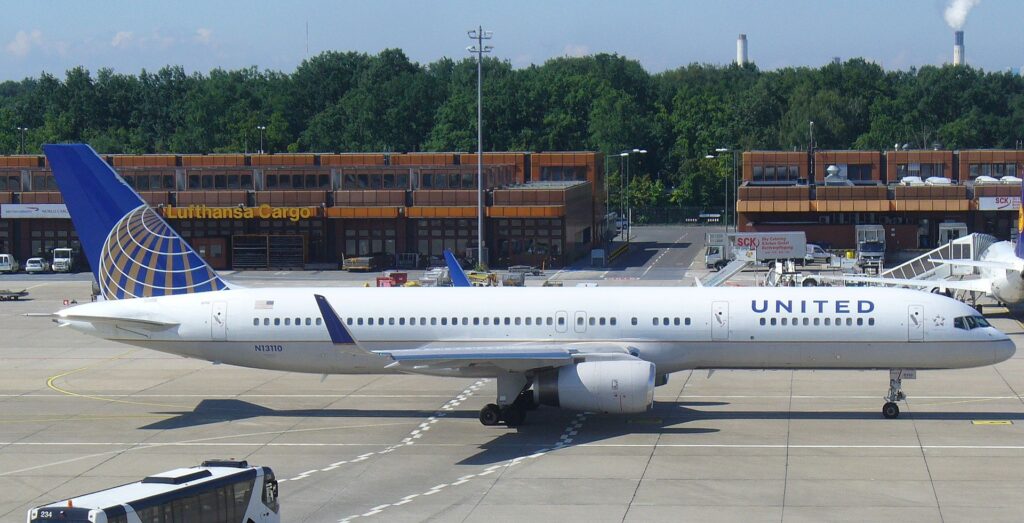 Photo: By FoxyOrange – Own work, CC BY-SA 3.0, https://commons.wikimedia.org/w/index.php?curid=29202696
Photo: By FoxyOrange – Own work, CC BY-SA 3.0, https://commons.wikimedia.org/w/index.php?curid=29202696Bottom Line
The United Airlines UA2428 incident underscores the vital role of TCAS in aviation safety while also highlighting the risks associated with rapid evasive maneuvers.
Although injuries occurred, the system functioned as intended, preventing a possible mid-air collision.
Pilots rely on TCAS as a last line of defense, ensuring safe separation between aircraft in complex airspace environments.
Feature Image by Clément Alloing | Flickr
Stay tuned with us. Further, follow us on social media for the latest updates.
Join us on Telegram Group for the Latest Aviation Updates. Subsequently, follow us on Google News
United Airlines 757 Pilots Lost Hearing, Las Vegas to Chicago Flight Delayed
The post United Airlines Pilots Sudden Pitch Up of 757 Injures Passengers at San Francisco: NTSB appeared first on Aviation A2Z.

 4 miesięcy temu
4 miesięcy temu




